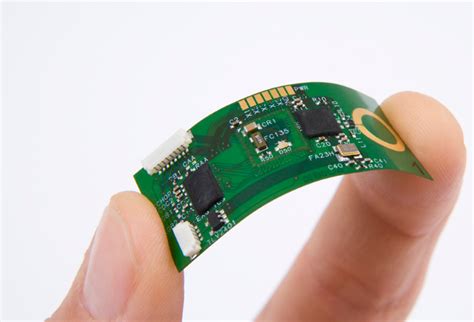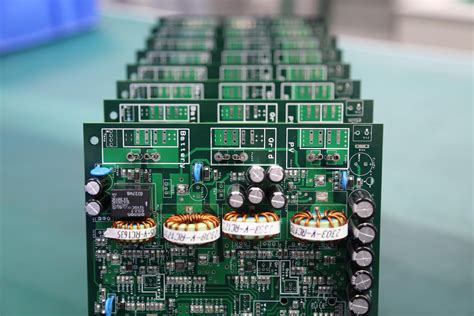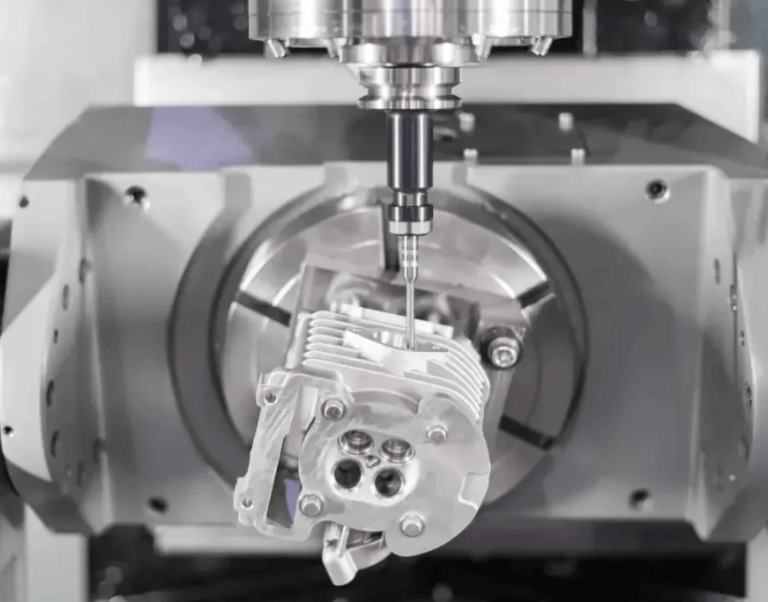Heavy Copper PCB Manufacturers: Driving Innovation in High-Power Electronics
In the world of printed circuit boards (PCBs), heavy copper PCBs have emerged as a critical enabler of high-power and high-current applications. These specialized PCBs are designed with copper thicknesses significantly greater than standard PCBs, typically ranging from 3 oz to 20 oz per square foot. This unique construction allows heavy copper PCBs to handle higher currents, dissipate heat more effectively, and provide superior mechanical strength. As industries such as automotive, renewable energy, industrial automation, and aerospace continue to push the boundaries of technology, heavy copper PCB manufacturers play a pivotal role in delivering innovative solutions. This article explores the world of heavy copper PCB manufacturers, their capabilities, market trends, and the factors driving demand for these advanced PCBs.
What Are Heavy Copper PCBs?
Heavy copper PCBs are characterized by their thick copper layers, which are used for power distribution, thermal management, and high-current applications. Unlike standard PCBs, which typically use 1 oz or 2 oz copper, heavy copper PCBs can have copper weights of 3 oz or more, with some designs exceeding 20 oz. This increased copper thickness provides several key benefits:
- High Current Carrying Capacity: Thicker copper traces can carry significantly higher currents without overheating.
- Enhanced Thermal Management: The increased copper mass acts as a heat sink, dissipating heat more effectively.
- Mechanical Strength: Heavy copper PCBs are more robust and durable, making them suitable for harsh environments.
- Space Efficiency: By combining high-current and low-current circuits on a single board, heavy copper PCBs reduce the need for additional components and wiring.
Applications of Heavy Copper PCBs
Heavy copper PCBs are used in a wide range of industries and applications, including:
- Power Electronics:
- Inverters, converters, and power supplies for renewable energy systems (solar, wind).
- Motor drives and controllers for industrial automation.
- Automotive:
- Electric vehicle (EV) power systems, including battery management and charging infrastructure.
- High-current circuits for automotive lighting and sensors.
- Aerospace and Defense:
- Power distribution systems for aircraft and satellites.
- Ruggedized electronics for military applications.
- Industrial Equipment:
- High-power machinery and robotics.
- Welding equipment and power distribution panels.
- Telecommunications:
- High-power RF amplifiers and base stations.
- Power distribution for data centers and network infrastructure.
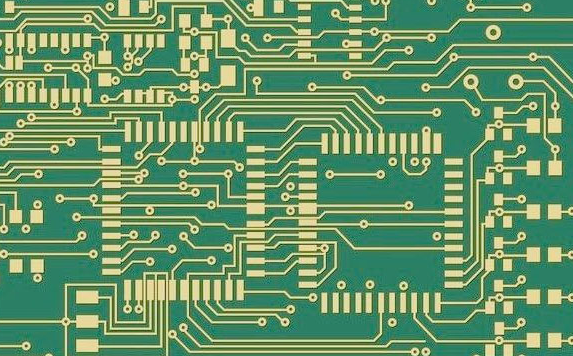
Key Capabilities of Heavy Copper PCB Manufacturers
Heavy copper PCB manufacturers must possess specialized expertise and equipment to produce these advanced boards. Here are the key capabilities that set them apart:
1. Advanced Fabrication Techniques
- Heavy copper PCBs require specialized etching and plating processes to achieve the desired copper thickness while maintaining precise trace geometries.
- Manufacturers use techniques such as step plating and differential etching to create boards with varying copper thicknesses.
2. Material Expertise
- Heavy copper PCBs often use high-performance materials, such as FR-4, polyimide, or ceramic-filled laminates, to withstand high temperatures and mechanical stress.
- Manufacturers must carefully select materials that balance thermal, electrical, and mechanical properties.
3. Thermal Management Solutions
- Effective heat dissipation is critical for heavy copper PCBs. Manufacturers incorporate thermal vias, heat sinks, and metal-core substrates to enhance thermal performance.
- Advanced simulation tools are used to optimize thermal design and prevent hotspots.
4. Quality Control and Testing
- Heavy copper PCBs undergo rigorous testing to ensure they meet industry standards for current carrying capacity, thermal performance, and reliability.
- Common tests include thermal cycling, current load testing, and microsection analysis.
5. Design Support
- Manufacturers provide design assistance to help customers optimize their layouts for heavy copper fabrication.
- This includes guidance on trace width, spacing, and via placement to ensure manufacturability and performance.
Leading Heavy Copper PCB Manufacturers
Several companies specialize in the production of heavy copper PCBs, offering a range of capabilities to meet diverse customer needs. Here are some of the leading manufacturers:
1. TTM Technologies
- TTM Technologies is a global leader in PCB manufacturing, offering heavy copper PCBs with copper weights up to 20 oz.
- The company provides advanced thermal management solutions and supports high-mix, low-volume production.
2. San Francisco Circuits
- San Francisco Circuits specializes in high-performance PCBs, including heavy copper designs.
- The company offers quick-turn prototyping and low-volume production for a wide range of industries.
3. Advanced Circuits
- Advanced Circuits is a US-based manufacturer with expertise in heavy copper PCBs for aerospace, defense, and industrial applications.
- The company provides design support and fast turnaround times.
4. PCB Universe
- PCB Universe offers heavy copper PCBs with copper weights up to 12 oz, catering to power electronics and automotive applications.
- The company emphasizes cost-effective solutions and high-quality standards.
5. Epec Engineered Technologies
- Epec specializes in custom heavy copper PCBs for demanding applications, including medical devices and military systems.
- The company offers a full range of services, from design to assembly.
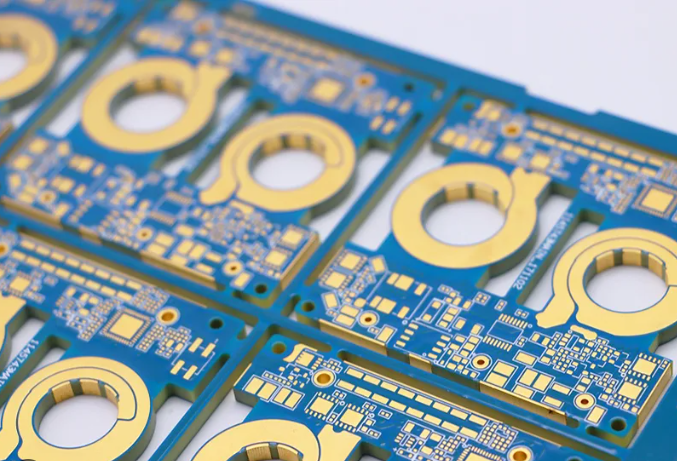
Market Trends Driving Demand for Heavy Copper PCBs
The demand for heavy copper PCBs is being driven by several key trends in the electronics industry:
- Growth of Renewable Energy:
- The expansion of solar, wind, and other renewable energy systems requires high-power PCBs for inverters, converters, and energy storage.
- Electric Vehicle (EV) Revolution:
- The shift toward electric vehicles is creating demand for heavy copper PCBs in battery management systems, charging stations, and power distribution.
- Industrial Automation:
- The rise of Industry 4.0 and smart manufacturing is driving the need for robust PCBs that can handle high currents and harsh environments.
- 5G and Telecommunications:
- The deployment of 5G networks requires high-power RF amplifiers and base stations, which rely on heavy copper PCBs for efficient power distribution.
- Aerospace and Defense Modernization:
- The modernization of aerospace and defense systems is increasing demand for ruggedized, high-performance PCBs.
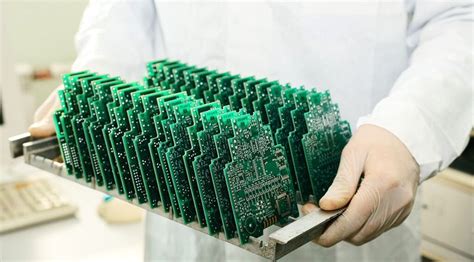
Challenges Faced by Heavy Copper PCB Manufacturers
Despite their advantages, heavy copper PCBs present several challenges for manufacturers:
- Complex Fabrication:
- The specialized processes required for heavy copper PCBs, such as step plating and differential etching, increase production complexity and cost.
- Material Costs:
- High-performance materials and thicker copper layers contribute to higher material costs.
- Thermal Management:
- Ensuring effective heat dissipation in high-power designs requires advanced thermal management techniques and materials.
- Design Constraints:
- Heavy copper PCBs have unique design constraints, such as minimum trace widths and spacing, which must be carefully considered.
- Quality Control:
- Rigorous testing and inspection are required to ensure the reliability and performance of heavy copper PCBs.
Future Outlook for Heavy Copper PCB Manufacturers
As the demand for high-power electronics continues to grow, heavy copper PCB manufacturers are poised to play an increasingly important role in the industry. Advances in materials, fabrication techniques, and thermal management solutions will drive further innovation, enabling the development of even more advanced and reliable PCBs.
Key areas of focus for the future include:
- Integration with Advanced Technologies:
- Combining heavy copper PCBs with emerging technologies such as flexible circuits, embedded components, and 3D printing.
- Sustainability:
- Developing eco-friendly materials and processes to reduce the environmental impact of heavy copper PCB manufacturing.
- Miniaturization:
- Balancing the need for high current capacity with the trend toward smaller, more compact devices.
- Global Expansion:
- Expanding manufacturing capabilities to meet growing demand in emerging markets, such as Asia and Europe.
Conclusion
Heavy copper PCB manufacturers are at the forefront of innovation in high-power electronics, enabling the development of advanced solutions for industries such as renewable energy, automotive, aerospace, and telecommunications. By leveraging specialized expertise, advanced fabrication techniques, and high-performance materials, these manufacturers are meeting the growing demand for reliable, high-current PCBs.
As technology continues to evolve, heavy copper PCB manufacturers will play a critical role in shaping the future of electronics, driving progress in areas such as electric vehicles, renewable energy, and industrial automation. By addressing challenges and embracing new opportunities, they will continue to deliver cutting-edge solutions that power the world of tomorrow.


